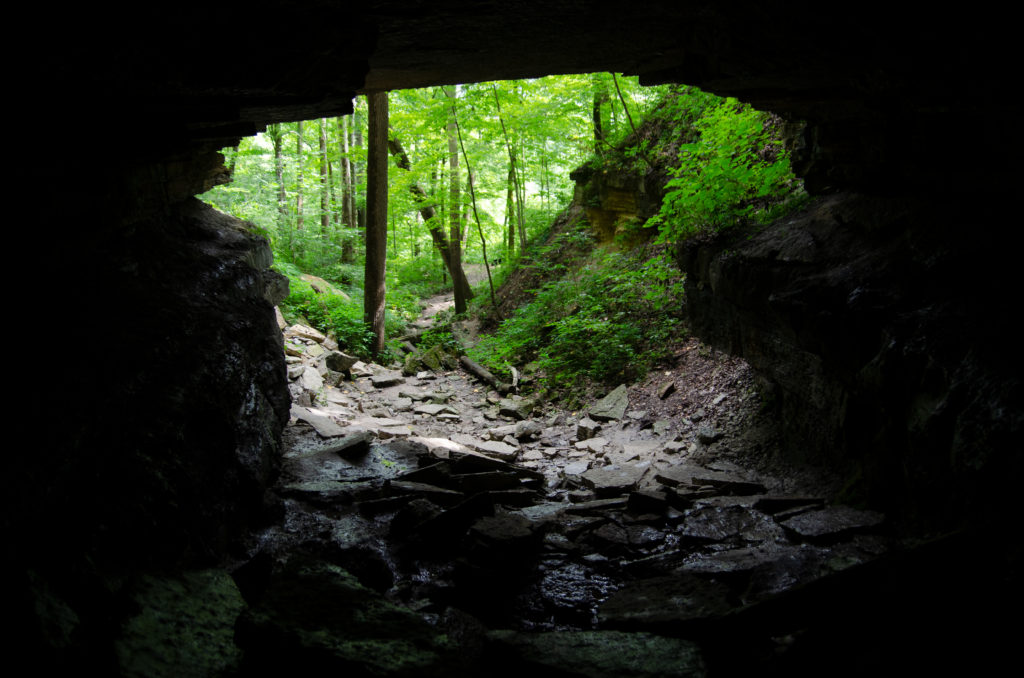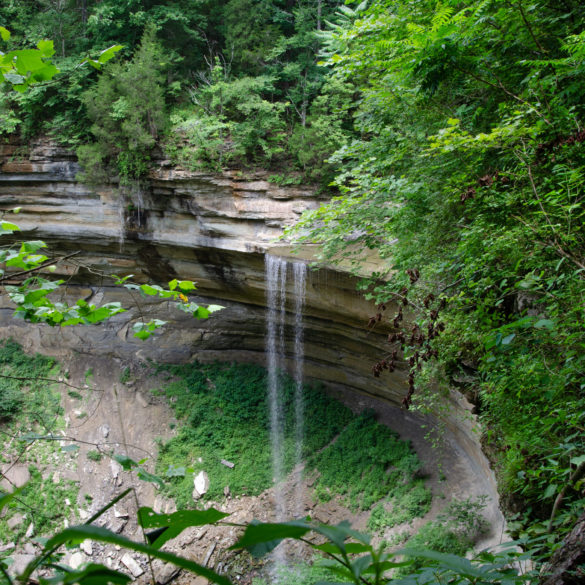Up in the Region is Indiana Dunes National Park. The park is 15 miles long along the shore of southern Lake Michigan.
The Dunes were originally supposed to become a national park in 1916, but it was interrupted by World War I. With a depression immediately following the war, the focus continued to shrink. But, In 1966, the park became Indiana Dunes National Lakeshore, and later in 2019, gained the title of Indiana Dunes National Park.
Michelle Senderhauf, communication director of Indiana Dunes National Park, says that the most popular trails are Diana of the Dunes Dare and the 3 Dune Challenge. These are sister challenges, allowing for hikers to learn about the regional folklore. The 3 Dune Challenge allows for hikers to climb the three tallest sand dunes in the park with a 1.5-mile trail and 552 vertical feet to climb.
Bedford, a town located in southern Indiana, is home to Hoosier National Forest.
Marion Mason, the public affairs specialist for Hoosier National Forest, explains during the Dust Bowl in the 1930s many people in the area abandoned their land. With a good amount of unoccupied space at his disposal, Paul Vories McNutt, the governor of Indiana at the time, asked if the forest service could reclaim the land and bring it back into productivity. The land became a national forest in 1953.
Archaeological excavations point to Native Americans being on the land starting 10,000 years ago. It is likely that there was cover at the head of the canyon with a large semi-circular rock shelter.
There is a one-mile hiking trail that guides you into the canyon, allowing the hiker to be surrounded by trees and walk past high seasonal waterfalls. It takes about two hours to complete the trail loop.
There are trails that range from one mile to 48 miles. Mason says that they also range in difficulty, with some that even allow you to camp off the trail. Over the last few years, she says, the forest has gained in popularity due to the pandemic increasing the amount of people going outdoors.
Hoosier National Forest also offers a variety of recreational activities. Biking, horse riding, camping, hunting, and fishing are some of the most popular activities.

Near Madison, Indiana, is Clifty Falls State Park, known for its waterfalls and canyons.
Once you get to the entrance on state roads 56 and 62, there are waterfalls that greet you. The waterfall sites are best to visit in the fall and spring, but the park offers hiking areas year-round with beautiful scenery to accompany it.
Kayla Wilson, Clifty Falls interpretive naturalist, says, “most trails are rugged for the more experienced hiker,” but there are a few easier trails in the park for those wanting a more casual activity.
“Many people come to prepare for longer trails, where they may connect all the trails together creating about a seven-mile loop,” says Wilson.
Most of the trails were either built by the Civilian Conservation Corps in the 1930s, or they replaced land where the old Madison Indianapolis railroad was planned to be constructed.
Hikers can access Clifty Creek’s stony bed, where fossil remnants littered throughout tell a story of the marine ecosystem that once existed there.,While fossils are not able to be collected here, there are nearby collecting locations.
Turkey Run State Park in Marshall, Indiana, is the state’s second state park.
The park is located on 2,382 acres of land, where the first small portion was purchased in 1916 when the establishment of the state park system came into the works.
One of the more popular theories behind Turkey Run’s name is that wild turkeys would find it warmer in the canyon bottoms, also called “runs.” The turkeys would huddle together, and it turned into an easy catch for hunters.
Aaron Douglass, an interpretive naturalist for Turkey Run, says the most popular trail is Trail Three, or more popularly called Ladder Trail, which is about a mile and half long. The trail shows off areas that “don’t really look like Indiana.”
Douglass says that the best time to come if you want to miss the big crowd is early or late in the day because the park reaches its peak on sunny days around 11 a.m. to 2 p.m. Hikers can expect rugged trails that may look deceivingly easy from the start.
Sources: National Park Service, National Park Service, National Park Service, USDA Forest Service, USDA Forest Service, USDA Forest Service, USDA Forest Service, USDA Forest Service, USDA Forest Service, Indiana Department of Natural Resources, Indiana Department of Natural Resources, Indiana Department of Natural Resources, Turkey Run State Park, Turkey Run State Park, Turkey Run State Park, Turkey Run State Park
Featured Image: Alex Bracken




